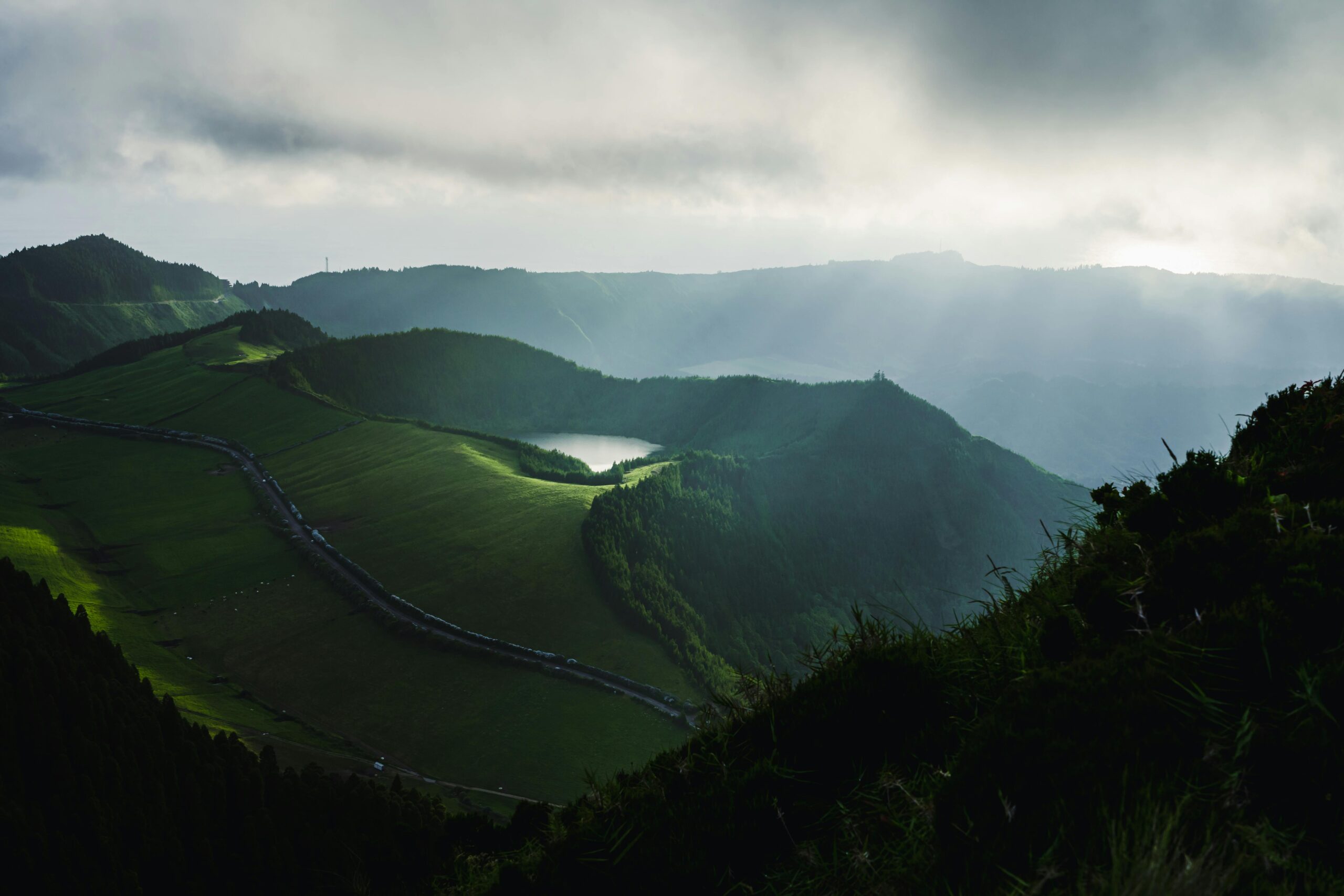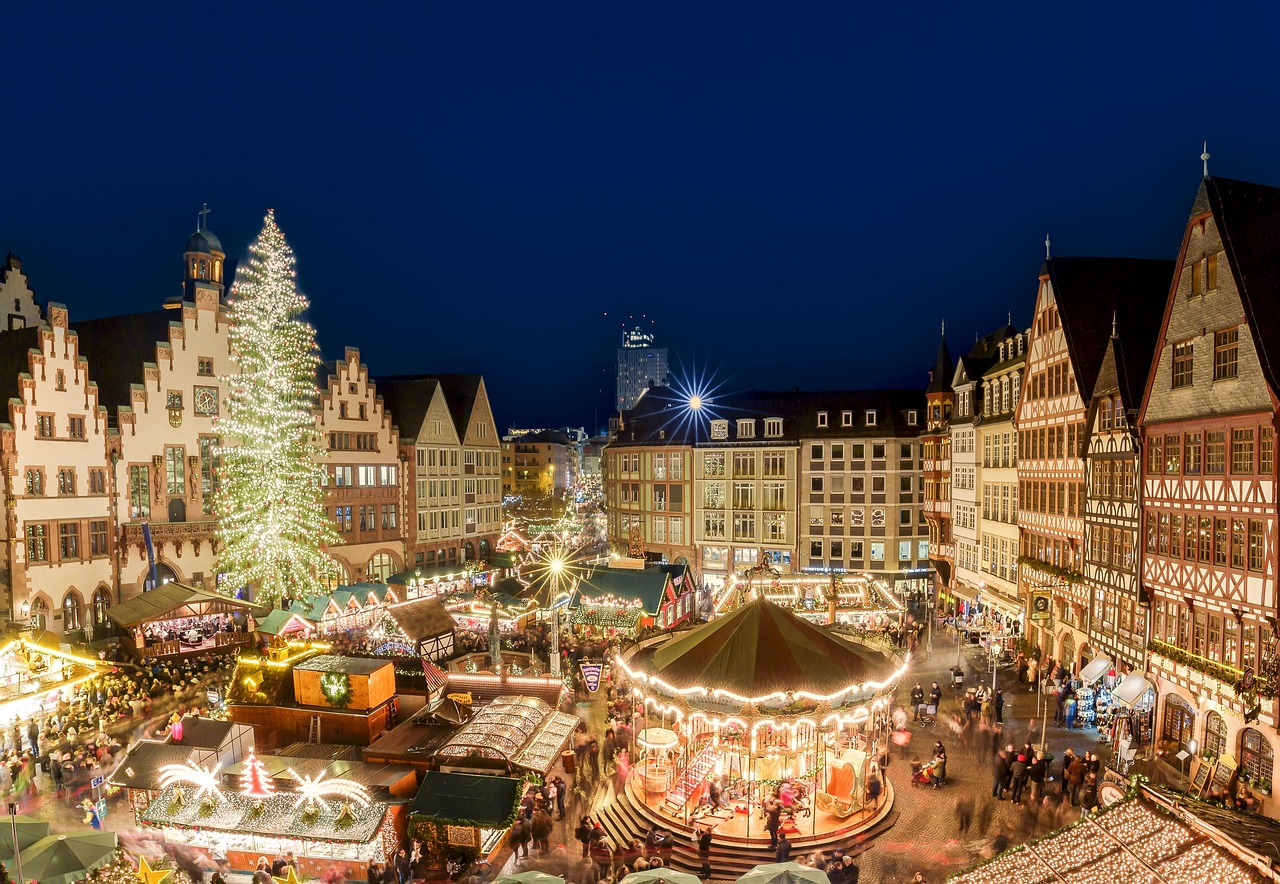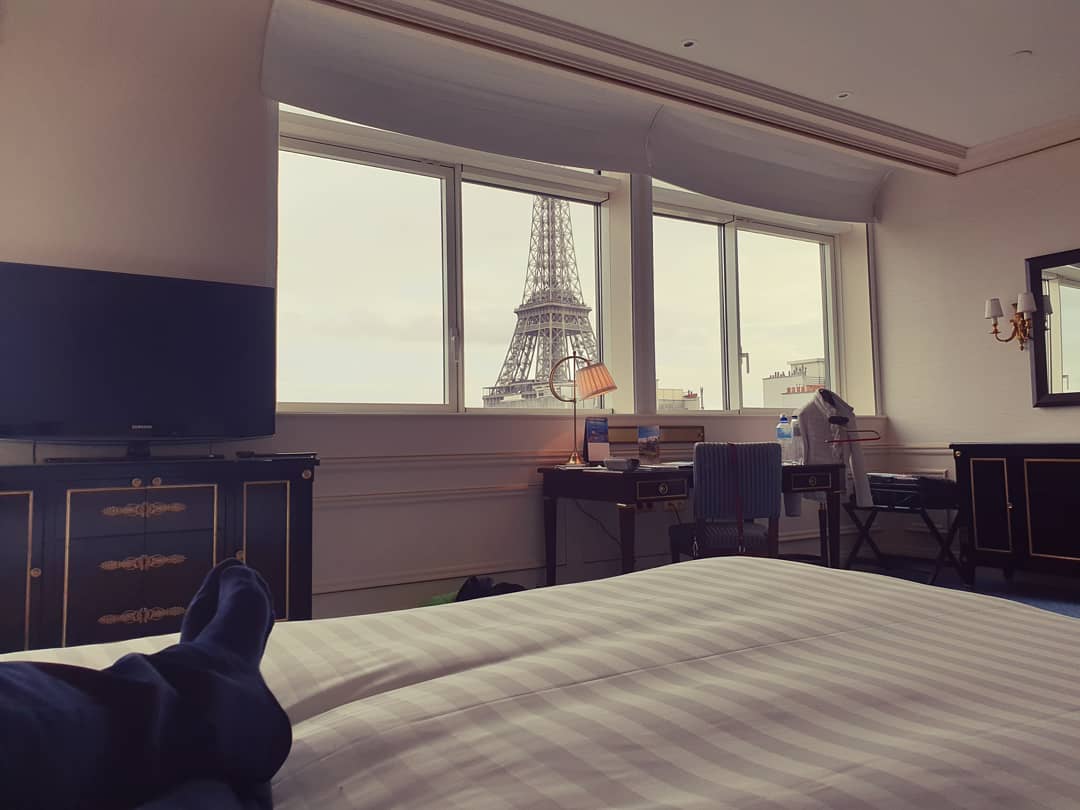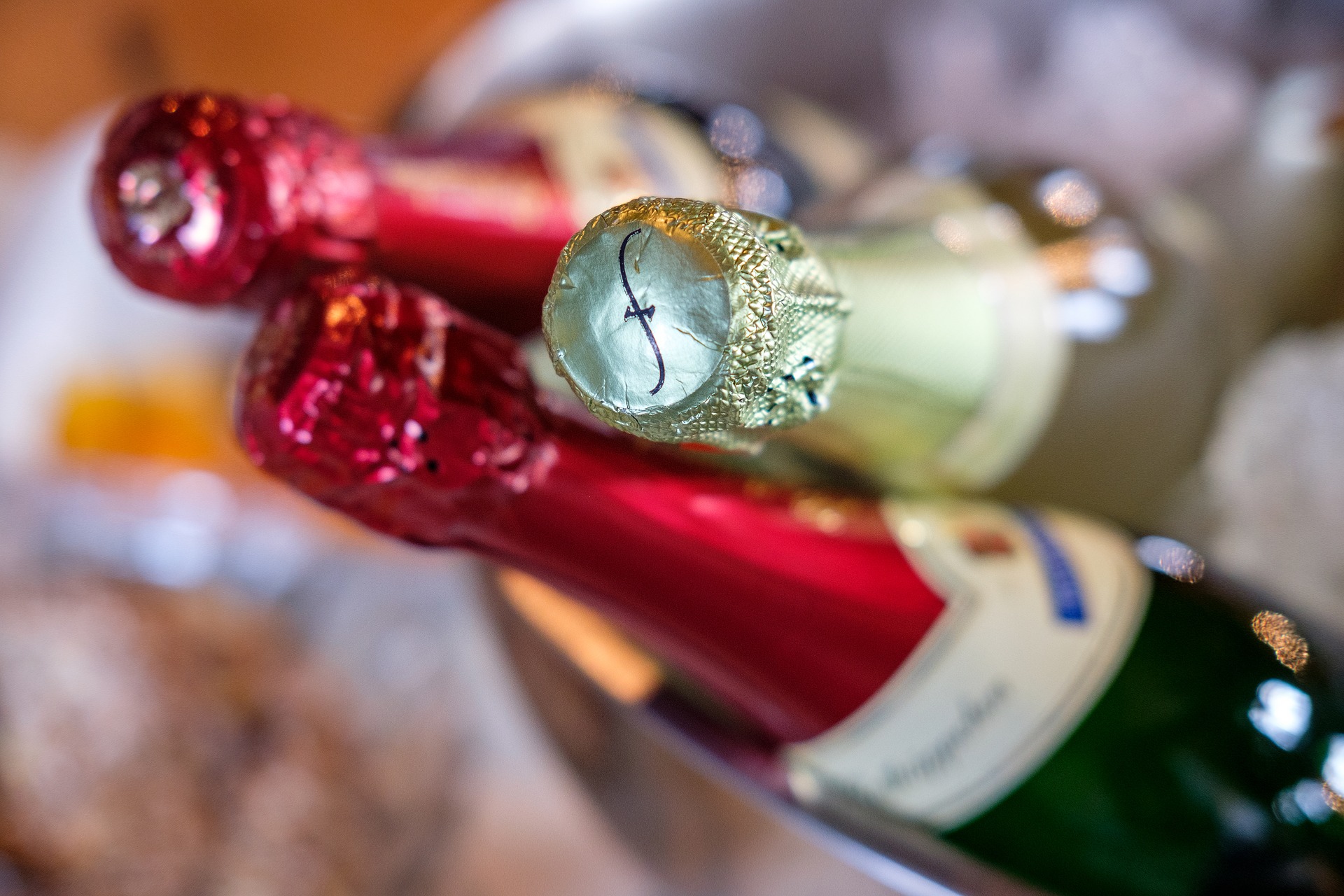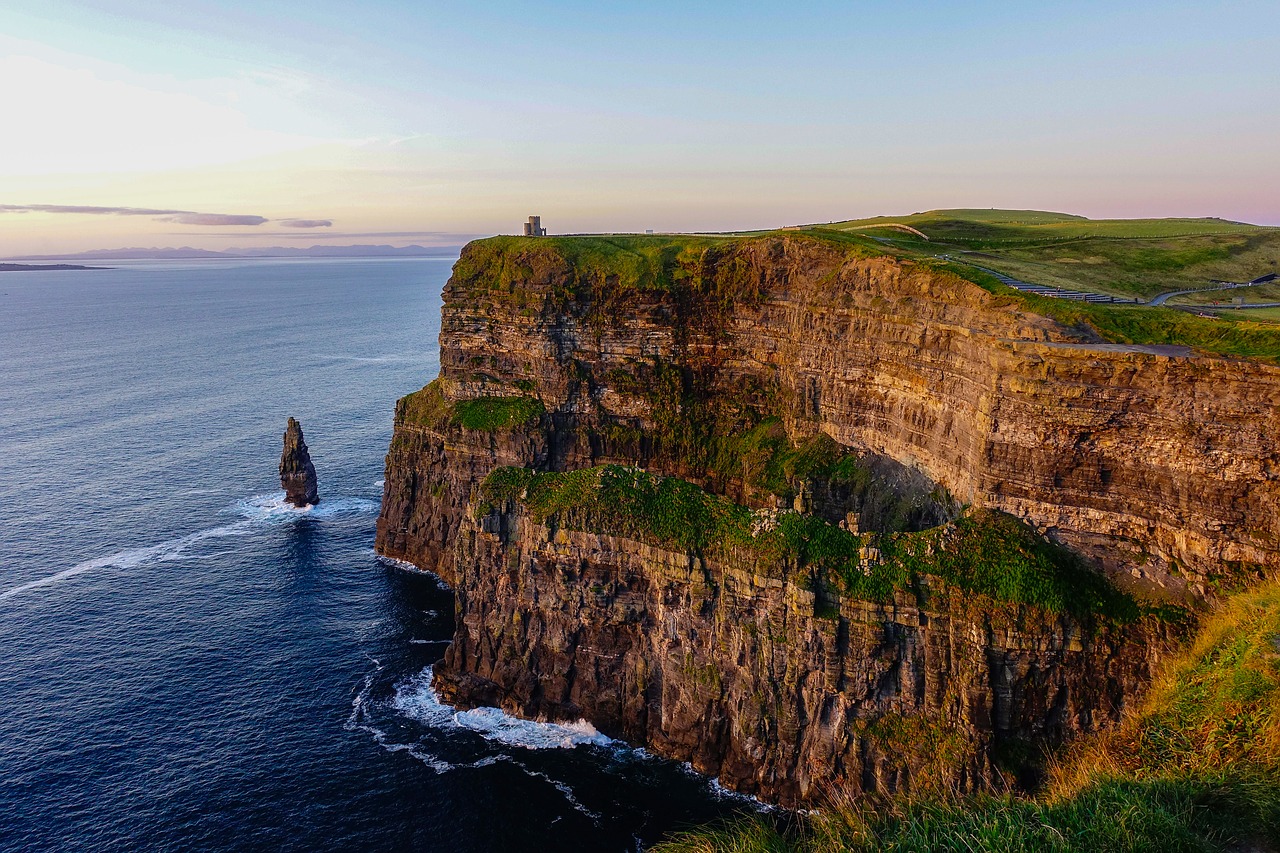Once you are in the city of Seville in southern Spain, you will want to take in a flamenco show. But instead of just watching why don’t you try learning flamenco?
Understanding the flamenco will improve your experience and appreciation of Andalusian culture.
The history of flamenco
Flamenco emerged from the Andalusian region in southern Spain. It is firmly rooted in the Gypsy, Jewish, and Moorish cultures, and they took the flamenco with them when they were expelled from Spain in 1492.
Flamenco started off as a local tradition in the villages. By the late 18th century it had expanded into the sphere of public performances. It took a 100 years before the golden age of flamenco and the cafe cantantes – coffee singers — took to center stage.
The initial learning flamenco steps
First of all, it is important to find the right academy with good teachers. Like any other skill, the instructor makes a lot of difference.
The other basic steps of flamenco are to stamp your feet correctly and to tap your foot with the right rhythm. Think of it as a cousin to tap dancing. Once your heel or toe taps the floor it stays there. As a beginner, expect to tap with your toe and to work your way up to the heel.
Once you “vibrate” and move with the music, work at keeping your weight over your hips, and remembering that your knees have to be “soft” or you will jar your body. The idea is to remain in contact with the floor.
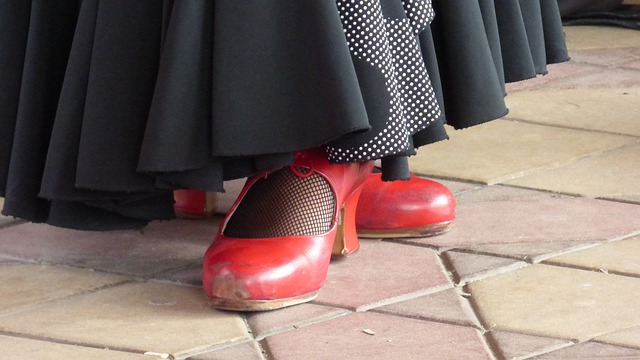
Flamenco is fluid so having rigid posture is counter-productive. Move, bend, sway.
Now that you are moving on and acquiring new skills, the next step is to add slow, well thought out and “erotic” hand, head, and arm movements. Like ballet, flamenco involves the whole body, rather than just part of it like jigging.
The flamenco technique
Flamenco is a combination of song, music, and dance. Think of it as an art form. The palmas – hand clapping – help the dancers to “feel” the music.
It is best to learn flamenco in sequential steps. Don’t expect to be about to do the 12 count rhythm at the end of a one-day workshop. Approach it like learning a language – one word at a time until you have a sentence.
Congratulations – you will become a flamenco dancer. Learning flamenco es un experienca de la vida – which translates as “an experience of life.”
 Hire Expertise
Hire Expertise Bespoke Itineraries
Bespoke Itineraries Travel Carefree
Travel Carefree